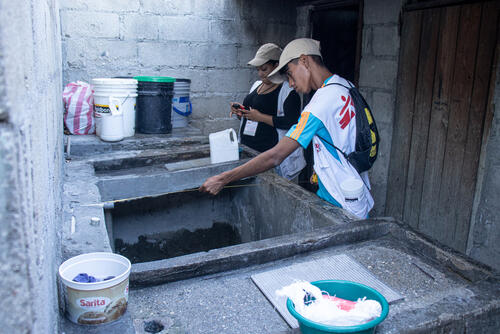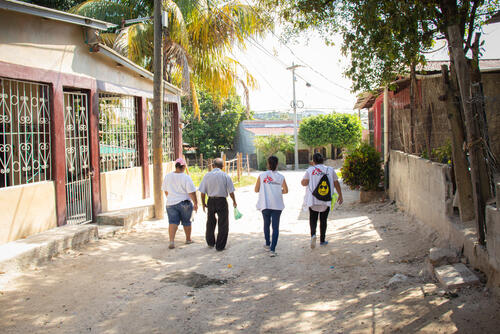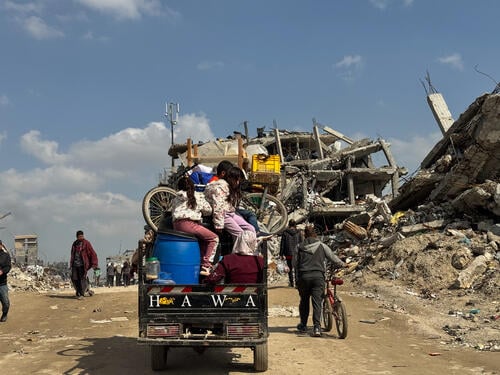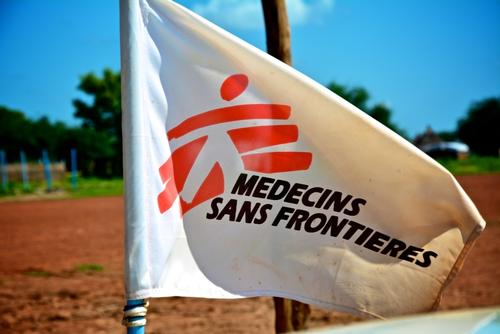Evelyn Zorrilla, Médecins Sans Frontières (MSF) regional epidemiologist for Mexico and Central America, explains how MSF responded to the outbreak of dengue fever in Honduras this year and why the disease behaved in an unusual way.
What happened during the dengue fever outbreak in Honduras?
Starting in August 2018, the number of dengue fever cases started to grow across Honduras and continued to rise at an alarming rate. The province of Cortes was the worst affected. In February 2019, the National Hospital Mario Catarino Rivas (HNMCR) asked us to intervene because the number of cases was very high. In January 2019, there were more than a thousand cases and the HNMCR didn’t have the capacity to cope with this number of cases.
How did MSF respond to the emergency?
In February we began treating patients with dengue fever symptoms in the paediatric dengue unit at the HNMCR. We brought in eight medical doctors, four paediatricians, eight nurses and four nursing assistants. At the same time we hired 16 health promoters to support vector control (so the dengue fever mosquito didn’t reproduce) and fumigation activities in collaboration with the Sanitary Department in Choloma, one of the most affected municipalities in Cortes.

Dengue outbreak in Honduras
How did the epidemic evolve?
Between February and April the number of cases kept growing, which is why MSF decided to increase its support for the HNMCR by implementing a filter for febrile patients (patients running a temperature) in the paediatric emergency room. In Choloma, we also started activities in four primary health centres run by the Ministry of Health, where we hired one doctor and nurse for each centre, to take care of patients who didn’t require hospitalisation.
The epidemic didn’t respect dates or times.Evelyn Zorrilla, MSF regional epidemiologist for Mexico and Central America
The outbreak kept growing, so in July we restructured our health promotion activities focusing on the application of larvicides (insecticide that targets larval stage of an insect) in 10 neighbourhoods in Choloma that had the greatest number of dengue fever cases. At the beginning of September, we started to see a decrease in the number of cases. Responding to these encouraging signs, MSF decided to gradually reduce our activities, eventually ending the intervention in the middle of October.

What was different about this emergency?
The behaviour of the disease was unusual because we didn’t see a clear trajectory in the number of new cases; one week they would increase the next the number would go down. This epidemic didn’t respect dates or times.
Why didn’t the number of cases decrease in an expected way?
It was a mixture of factors. First, this part of Honduras is an endemic dengue fever zone and it wasn’t prepared to respond to this situation. The alerts for a new outbreak were not activated in time.
MSF also evaluated the efficiency of the insecticide used for the fumigations of the mosquitoes that spread dengue fever. This study found that there was a 60 per cent resistance among mosquitoes to the chemicals used in the fumigation activities.
What are the recommendations to prevent future outbreaks happening?
We need to reinforce the epidemiological surveillance, and have regular and coordinated health promotion activities, so that people are aware of the disease and its consequences, which can be fatal.
We also need to continuously train our health staff so they can do early diagnosis and give timely treatment, which will be reflected in fewer cases needing to be hospitalised and fewer patients dying from dengue fever.
MSF dengue fever emergency response in figures:
Total number of cases treated by MSF: 5,734
Total number of cases treated in the HNMCR: 5,171
Total number of cases treated in the Choloma health centres: 563
Total number of people supported by the health promotion team: 90,335






